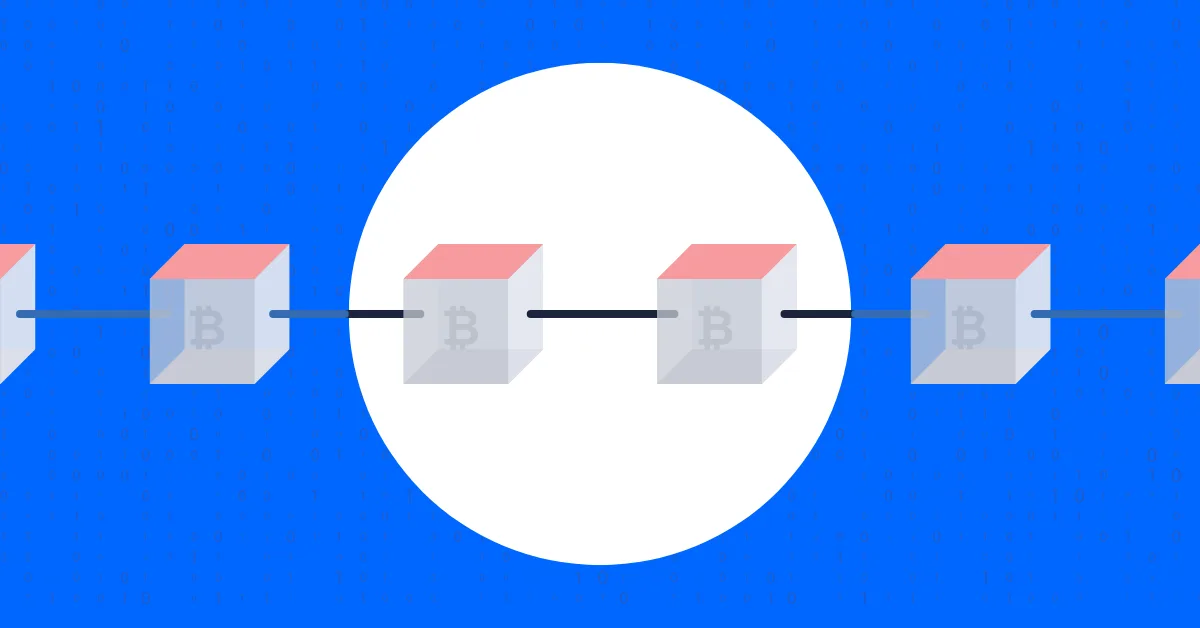The Role of Zero-Knowledge Proofs in Secure Transactions

Introduction
We live in a world of information, where data is the new oil. Hence, with data, everything and anything is possible. This data-driven reality brings significant responsibilities, especially in ensuring that private and sensitive information remains protected. Blockchain technology is a powerful tool that prioritizes transparency over privacy. While transparency is essential for trust in a decentralized system, it can expose sensitive details, which may not always be desirable, especially in applications involving confidential transactions or personal information.
To overcome these limitations developers have introduced a range of privacy-enhancing technologies such as Zero-Knowledge Proofs (ZKP), zk-SNARKs, privacy coins like Monero and Zcash, and advanced encryption techniques like homomorphic encryption (HE).
These technologies maintain a balance between transparency and user confidentiality.
In this article, we’ll explore how these privacy-enhancing tools work, and their applications in blockchain development.
So let’s get started!
You must be thinking that Blockchain is the safest and most transparent option in the Technology Domain right? But it still has some flaws. For instance, let’s consider Bitcoin, it is a transparent currency(Public Blockchain). Where your addresses are pseudonymous. But there is a catch! Miners can still have the power to access the data on the blockchain before it is officially on the chain. Scary right?!
Hence to avoid all such instances we opt for privacy-enhancing options and one such is ZPks. Let’s have a look at it!
Zero-Knowledge Proofs and zk-SNARKs
What are Zero-Knowledge proofs?
Zero-knowledge proof is a cryptography protocol where there is a prover and a verifier. Here the Prover has to convince the verifier that some statement is true without revealing any other facts or information beyond the mere fact that the statement is true.
Let’s understand this more intuitively by taking a real-life example:
So, let us say you have a friend Carl who is color blind and you have two balls (one red and another green) and you need him to distinguish both of them without actually revealing which ball is which one.
So here you are the prover and Carl is the verifier. Now you ask Carl to put both balls at the back and he can pick one ball at random where he can ask you a simple question: Did I swap the balls? This procedure then can be done iteratively and with a 50 % probability Carl should become convinced (“completeness”) that the balls are indeed differently colored.
So as the name suggests you proved the validity of your statement and your friend never learns which ball is green and which is red; indeed, he gains no knowledge about how to distinguish the balls. So this knowledge then can be transferred to the third party also.
Code Example:
# Suppose the prover knows the ‘secret’ passwordsecret_password = “blockchain_rocks”hash_of_secret = sha256(secret_password.encode()).hexdigest()
# Prover wants to prove knowledge without revealing ‘secret_password’def prove_knowledge(guessed_password): return sha256(guessed_password.encode()).hexdigest() == hash_of_secret
# Verifier confirms the prover’s knowledge by matching hashesprint(prove_knowledge(“blockchain_rocks”)) # Returns True without revealing ‘secret_password’
zk-SNARKs: Zero-Knowledge Succinct Non-Interactive Arguments of Knowledge
zk-SNARKs stands for Zero-Knowledge Succinct Non-interactive Arguments of Knowledge. It is a proof construction where the prover has to prove the truth or his possession without interacting with the verifier. This is just a more specific version of ZKPs.zk-SNARK is more useful when there can be no possibility of communication between two parties e.g. online transactions without real-time communication.
This concept is a bit tricky to understand, in short, we can say that you tell another person that you know their secret without telling what actually the secret is but instead proving it.
Did You know? that zk-SNARKs are implemented in Zcash, a privacy coin known for its shielded transactions?
Exercise: Build a zk-SNARK with libsnark
Use libsnark to set up and verify a simple zk-SNARK, or refer to the library’s documentation for sample projects on zk-SNARK proof construction.
Now the Question is How does this Non-interactive ZKP work?
- Setup: zk-SNARKs require a one-time setup for cryptographic keys, used for constructing proofs.
- Proof Generation: The prover uses private information to generate a succinct proof that can be verified publicly.
- Verification: Verifiers can confirm that the prover has certain knowledge without knowing the details.
Privacy Coins
Privacy coins are cryptocurrencies that are specifically designed to prioritize privacy and hide a user’s identity.
Monero
Monero(XMR) is a cryptocurrency with enhanced privacy. It uses a special blockchain that hides transaction details, making it nearly impossible for outsiders to see who’s sending or receiving Monero, how much is being sent, or any account balances. This maintains anonymity and ensures all units of Monero are fungible.
Fungible(interchangeable): meaning one Monero is always equal to another, with no traceable history.
How does Monero ensure private transactions?
Monero implements unique techniques as follows to ensure private transactions. Let’s have a look at these techniques:
Ring Signatures: Combines a user’s transaction signature with others to obfuscate the true origin.
Code example:
# Choose a random participant as the “sender”sender = random.choice(participants)
# Mixing the sender’s signature with othersmixed_signatures = random.sample(participants, len(participants))
print(“Ring Signature Group:”, mixed_signatures)print(“Sender (hidden):”, sender)
Stealth Addresses: Creates unique, single-use addresses for each transaction, ensuring that only the sender and receiver know the destination.
Ring Confidential Transactions (RingCT): Conceals the transaction amount to prevent third parties from linking transactions.
- Also Read :
- Blockchain Scaling Simplified: A Guide to Efficient Layer 1 and Layer 2 Solutions
- ,
Zcash
Zcash(ZEC) is a privacy coin that is built on Bitcoin’s codebase. It shares many similarities with Bitcoin like regular and transparent transactions but also offers an option for shielded transactions.
Shielded transaction: Shielded transactions in Zcash are private transactions that use a cryptographic method called zk-SNARKs (Zero-Knowledge Succinct Non-Interactive Arguments of Knowledge) to keep transaction details completely confidential.
Hence, Zcash supports both transparent and shielded transactions with T-addresses(Transparent addresses that work like standard Bitcoin) and Z-addresses (Shielded addresses that conceal transaction details).
Zcash’s shielded transactions are an excellent fit for scenarios demanding confidentiality, such as B2B transactions in supply chain management, where data privacy is crucial.
Setup
Homomorphic Encryption and its Role in Blockchain
Homomorphic encryption(HE) is a type of encryption that lets you perform computations on data while it’s still encrypted. This means you don’t need to decrypt the data to work with it. When you eventually decrypt the results, it’s as if you did the calculations on the original, unencrypted data.
This technique is especially useful for privacy, as it allows sensitive data to be stored and processed on external servers (like in the cloud) without exposing it
There are main two types of Homomorphic Encryption techniques:
- Partially Homomorphic Encryption (PHE): Partial HE allows only specific operations on the data for example Addition and Multiplication.
- Fully Homomorphic Encryption (FHE): FHE supports arbitrary operations on encrypted data. But it is resource-intensive
Example Code:
# Example of encrypted additionencrypted_sum = add_encrypted_values(enc1, enc2)print(“Encrypted Sum:”, encrypted_sum)
Conclusion
Privacy-enhancing technologies like Zero-Knowledge Proofs (ZKPs), zk-SNARKs, privacy coins, and homomorphic encryption are redefining what’s possible in blockchain by creating an essential balance between privacy and transparency. For developers, this evolution brings exciting opportunities. By integrating these privacy features into decentralized applications, developers can meet the needs of industries like finance, healthcare, and IoT, where confidentiality is needed.
Keep Learning and Happy Coding!!
We’d Love to Hear Your Thoughts on This Article!
Was this writing helpful?
Disclaimer and Risk Warning
The information provided in this content by Coinpedia Academy is for general knowledge and educational purpose only. It is not financial, professional or legal advice, and does not endorse any specific product or service. The organization is not responsible for any losses you may experience. And, Creators own the copyright for images and videos used. If you find any of the contents published inappropriate, please feel free to inform us.



Comments are closed, but trackbacks and pingbacks are open.